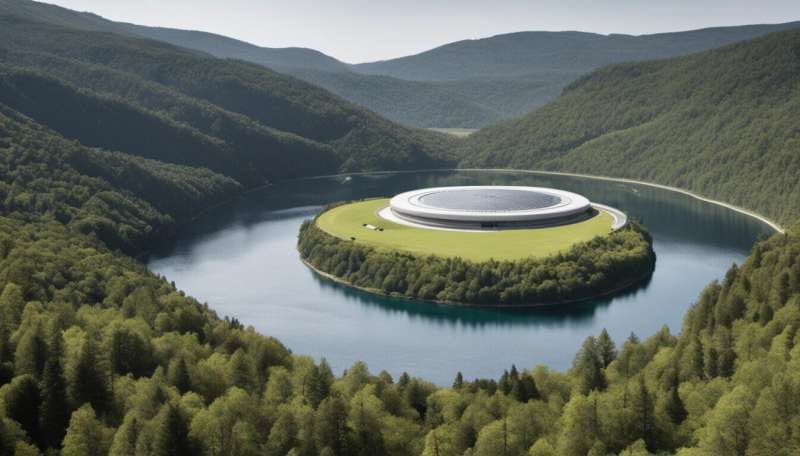Variable speed Pumped Storage Hydro Plants offer a new era of smarter energy management

The EU-funded ESTORAGE project has presented a range of options for increasing energy storage capacity across Europe, whilst also building flexibility into grids to better integrate renewables.
The project recently made some of its first results public, identifying an impressive 2291 GWh of energy storage capacity realisable through Pumped Storage Hydro Plants (PSPs) across existing development-ready sites. This is more than seven times the currently installed PSP capacity across Europe.
The sites located are across the EU-15, along with Norway and Switzerland. Southern Norway alone was found to have 54 % of the study's total feasible pumped storage capacity with 1242 GWh. The Alps were found to have 13 % or 303 GWh across Austria, Italy, France and Switzerland, with 9 GWh in the German Alps. 5 % of the total potential capacity in the study area was found in the Pyrenees in France and Spain with 118 GWh.
Generating electricity by transferring water between reservoirs at different elevations is posited as being the most cost-effective and flexible means for GWh scale storage of electricity. PSPs are ideally suited to respond to frequent changes between electricity shortages and surpluses by generating or absorbing excess as required; with modern systems able to start the pumps or turbines from standstill in just 30 seconds.
Potential locations for new PSPs were identified in the study via a Geographic Information System (GIS) model which utilised high-level non-country/region specific selection and only looked at existing water body pairs, due to the cost advantage of connecting existing water bodies rather than building new reservoirs. These locations were further scrutinised by national experts against specific country/regional criteria, resulting in a list of potential sites ranked with their total theoretical and realisable storage potential.
Addressing the challenge of integrating renewables
Whilst renewables, such as wind and solar, represent a growing share of the world's power output, their unpredictability weakens overall grid stability. The challenge for integrating renewables into the grid is their intermittent nature coupled with the problem of storing surplus which can be used during periods of peak demand.
However, whilst PSPs can allow more cost-effective load balancing flexibility than traditional plants such as nuclear or coal powered, conventional PSPs are also limited by only being able to regulate power in generation mode. The ESTORAGE Project is looking at the technical and economic feasibility of upgrading an existing fixed speed PSP to variable speed technology, bringing flexibility also to the pumping mode.
Here speed is varied through a frequency converter with a change in the discharge/power. With fixed speed there is only one operating point for a given head and so in effect they have limited operational flexibility, with pumps either at full power or switched off. Variable speed technology, already several years in use, particularly in Japan, caters well for the fast growth in renewable sources of power, compensating for fluctuations.
The path to smarter European energy management
The EU electricity grid will have to undergo unprecedented changes in capacity to meet increasing demand; and in ability to integrate renewables to meet climate change targets. Indeed, the EU's Strategic Energy Technology Plan (SET) outlines the vision of wind power contributing up to 20 %, and solar power up to 15 % of the EU's total electricity supply by 2020.
The ESTORAGE approach to retro-fitting PSPs avoids the costs associated with constructing new PSPs along with the eight to 10 years' development time required. This advantage is especially significant due to the project's ambition to develop solutions that could upgrade 75 % of European pumped hydro storage to variable speed. It has been estimated that up to 10 GW of additional regulation capability can be achieved through significant upgrade and this with no environmental impact.
The project, due to finish next year, is also looking at supplementary systems such as upgrading IT infrastructure for a real-time flexible system management across national systems. Additionally, the project will establish a viable business model that enables EU-wide deployment by investigating current gaps and barriers to flexible energy technologies in the market and regulatory regimes.
More information: For more information please see the ESTORAGE project website: www.estorage-project.eu/
Provided by CORDIS



















